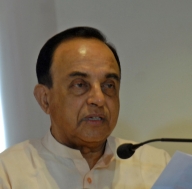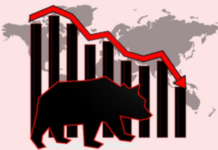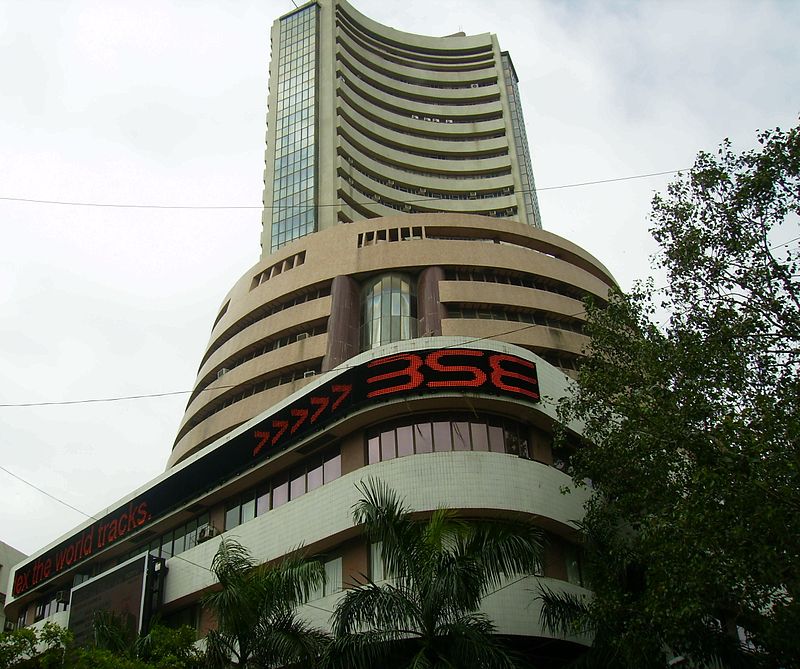By Govindraj Ethiraj
Nothing in India’s Chief Economic Advisor Arvind Subramanian’s statement made at US Congressional hearings in 2013 and 2014 suggest he is anti-India or batting for the other side. At worse, the testimonies are a healthy critique of the economy in 2013 and at best, they have a fairly strong India stance, on issues that bear repeating.

Subramanian has been accused by a BJP Rajya Sabha Member of Parliement (MP) Subramanian Swamy, who said, “There was this American Congress Committee for pharmaceutical purposes and they held a hearing to figure out India’s opinion on the matter. There he said in a statement that India was not working according to America in this matter and for that, they should be taught a lesson in WTO. How can we can such a person an advisor here?,”
His next tweets:
“Who said to US Cong on 13/3/13 the US should act against India to defend US Pharmaceuticals interests? Arvind Subramanian MoF.”
“Was AS deposing before US Cong Committee against India as a US citizen or Indian? Does any PT know?”
Actually, Subramanian gave two testimonies, one in March 2013 and the other in March 2014. In the first one, he was speaking in the context of US-India trade relations and in the second, on US-India Intellectual Property Rights. On both occasions, he was Senior Fellow at the Peterson Institute for International Economics.
It appears that Swamy has cherry picked from both testimonies and used the tone of the first, which is a little more harsh in the context of India’s economy at that point, to highlight an issue from the second, which is to do with intellectual property.
First, let us look at the 2013 testimony.
The testimony before the Ways and Means Committee of the US Congress highlights the data on India’s rapid GDP growth, at about 6.5 per cent for over three decades and close to 9 per cent in the previous decade.
The testimony views India from the point of US business and points out that the dynamism has expanded opportunities for american business. US exports to India increased 700 per cent in the previous decade and US foreign direct investment (FDI) increased from $200 million to $6 billion.
Subramanian then points to the severe turbulence in the economy (this is in early 2013 and referring to the period before that) and talks of growth slowing from 9 per cent to 4.5 per cent. The other macroeconomic “vulnerabilities” such as high fiscal deficit (9 per cent of GDP), stubbornly-elevated inflation (double-digit) and deteriorating external balance (over 4 per cent of GDP).
He then adds that the government had undertaken, since late 2012, major domestic economic reforms including opening up FDI to foreign financial investors. “Indeed, since the global financial crisis, few countries have opened up to foreign capital to the extent India has,” he says.
He also adds that, reflecting a domestic bipartisan consensus, there has been no macroeconomic reversals of opening to foreign trade and capital. “These reforms have come against the backdrop of longer-term trend of surging Indian trade and FDI, with enormous benefits for foreign and American business,” says Subramanian.
He highlights challenges facing US and all foreign businesses — weak and uncertain regulatory tax environment that affects the civil nuclear industry, infrastructure, pharmaceuticals and more broadly the operation of foreign multinationals in India.
He talks of India increasing resource to localisation, in banking, telecommunications, retail and solar panels — among others — favouring domestic providers of inputs and equipment over foreign providers.
Interestingly, he concludes this part by saying broad trade and macroeconomic policies towards foreigners are moving in the right direction but sectoral policies have experienced setbacks.
Now, on trade conflicts, he says the US should address frictions especially where Indian policies are demonstrably protectionist through multilateral (WTO) dispute settlement procedures.
“The US should not be reticent in this regard. India has an excellent record of compliance with WTO rulings against it. And one of India’s most sweeping trade reforms occurred after a US-initiated WTO dispute panel found that India’s broad quantitative restrictions on consumer goods violated WTO rules.”
So Arvind Subramanian is not just giving what the most logical piece of trade advise is, in the context, but actually making a strong case for India’s ability to respect its trade obligations.
Now, the 2014 testimony, written ahead of the May 2014 elections is even more sharply pro-India view though it is no less objective than the first. The criticism that Subramanian expresses about the state of affairs in 2013 was expressed by almost every commentator and business person in India at that point.
It can, of course, be argued that Subramanian saw the writing on the Indian election wall in 2014 and was angling for precisely the position that he now holds. But that surely can’t be held against him.
In the 2014 testimony, he argued very strongly that the United States Trade Representative (USTR) should desist from designating India as a priority foreign country.
This would mean placing India in the same category as Ukraine (for dumping unlicensed CDs in Europe) as the only post-WTO countries to be accorded priority foreign country designation and this, Subramanium argued, would spark adverse reactions in India and around the world and raise serious questions about the institutions and processes of US economic diplomacy.
A priority foreign country is that which denies “adequate and effective” protection of intellectual property rights (IPR) or “fair and equitable market access” to US persons relying upon IPR protection under the Trade Act.
Subramanian pointed out that on May 16, a fortnight after the release of the USTR’s Special 301 report, a new government would take office in India, “Intent on reviving the investment climate for domestic and foreign business, and keen on restoring US-India trade and economic relations.”
He makes a strong case for the two countries that have common strategic and economic interest — substantial and long term — to work out matters bilaterally. Subramanian elaborates on many points on the possible way forward for India to resolve intellectual property tensions in the pharmaceutical area.
Importantly, when suggesting the way forward to the US, Subramanian says that there must be a quid pro quo from the US side on patents. “First, the US could acknowledge the positive developments in India related to due process… the US might also consider offering carrots and not just deploying sticks.”
Subramanian also reiterates what he said in his 2013 testimony about India taking its WTO obligations seriously and having a good track record of implementing WTO dispute settlement rulings. He then says the US should temper some of its demands on IPR issue.
Finally, the United States could also consider giving appropriate incentives to its companies to enter into R&D collaborations with Indian companies.
While details of the two testimonies are not so important in addressing the immediate issue here, which is Swamy’s evidently unresearched attack, it is interesting nevertheless to look back three years on how India’s economy was faring and perceived then.
More importantly, the fact that there was — as still is — a fundamental belief in India’s sound, economic long-term fundamentals and the sheer opportunity the country offers. A view shared by most, world over.
(Govindraj Ethiraj is the founder-editor of Boom, an independent digital journalism initiative. The views expressed are personal.)






